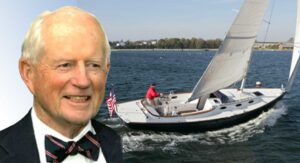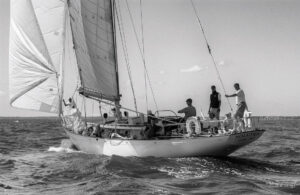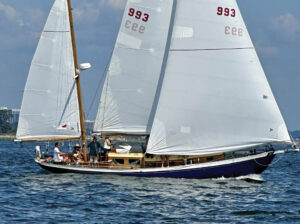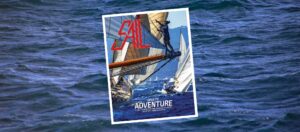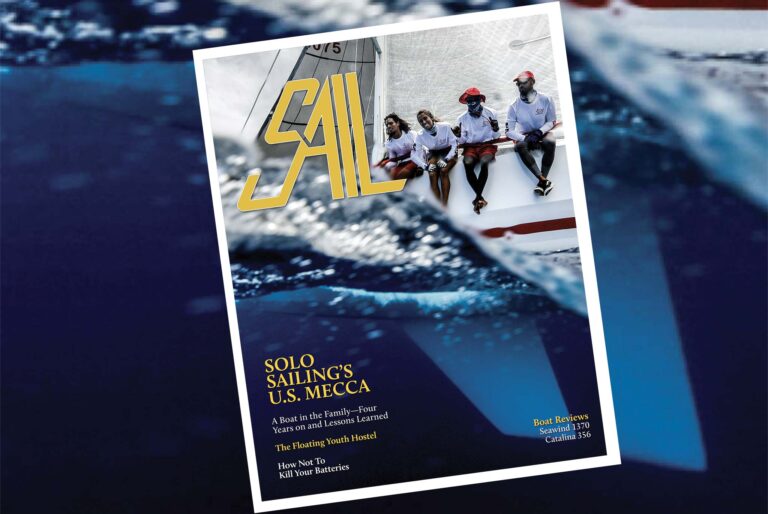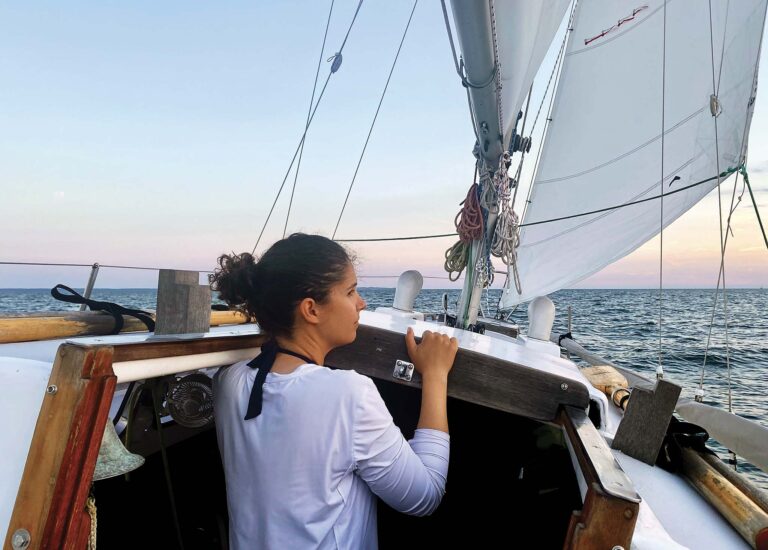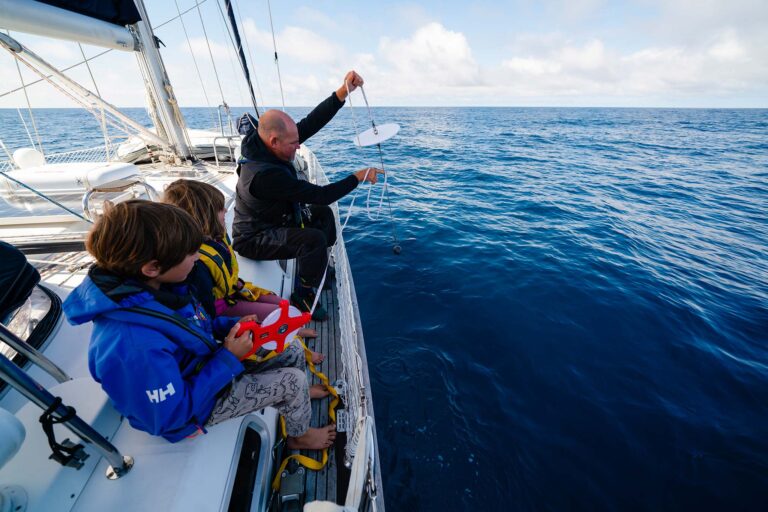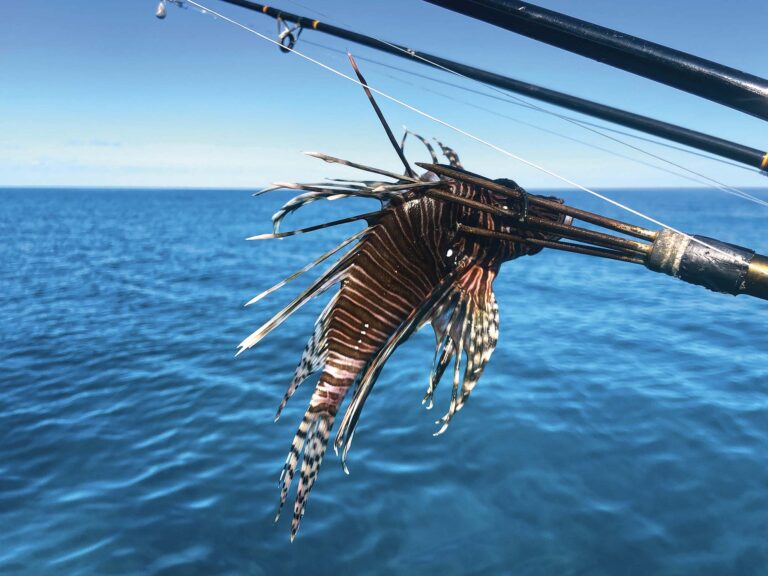At 74 years old, Sven Yrvind wants to save the world. When I ask him how he plans to do it, his answer is simple: circumnavigate in a ten-foot sailboat. If—or rather, according to Sven, when—he accomplishes this, he will have skippered the smallest boat to circle the world.
“I want to show people that we can live in a small space and still be happy,” Sven says. “People run around all the time, buying things and rushing everywhere, and I ask myself, ‘Why are people so busy trying to do everything?’ We need to get back to nature. We need to hear and listen to our inner voice.”
Sven, a successful Swedish sailor, boatbuilder and writer, was first inspired to sail around the world when he heard about the 2009 “Around in Ten Race,” in which sailors were supposed to race solo around the globe in 10-foot sailboats. “I heard about it and knew I was more experienced and could build a better boat than what they sailed, and that’s when I came into [this] idea,” Sven recalls. Though the Around in Ten race was called off, the idea of sailing around the world in a tiny boat continued to resonate with Sven.
On March 20, 2012, Sven began building his boat, named Yrvind Ten after its length, and is now halfway to completing it. Yrvind Ten is built out of epoxy, carbon fiber and fiberglass. She has a beam of six feet and carries two 65 square foot sails on her two masts, which Sven plans to use on light-wind days. Yrvind Ten does not have an engine. Instead, she will be rigged with oars and will have horizontal “fins” attached to the bottom of her dual rudders. Sven believes the fins will help propel his boat through waves, and that having dual rudders will help stabilize Yrvind Ten, especially when sailing downwind. A forward centerboard will enable Sven to shift the center of lateral resistance fore and aft in response to sea state. In heavy weather, for example, Sven says he hopes a fully deployed centerboard will allow the boat to “weather cock” into the waves, making it easy to fore reach through the storm using neutral rudders.
The boat will also be equipped with small removable wind turbines and solar cells that will provide energy on board. “I’m not using any fossil fuels because they are a limited resource. I’m an idealist,” says Sven.
Even through an international phone call, Sven seems to be beaming audibly with pride while he describes the intricate process of building his boat. For Sven, Yrvind Ten is not just another boat—she has a personality. “It’s like a living thing,” he says. “Every day I work on her and feel proud of her.”
He excitedly describes the layout and design of Yrvind Ten, with her submarine-like hatches to prevent leaks, a safety seatbelt in his cabin to prevent him from being tossed around in harsh weather, a small saloon with a bed positioned across the beam of the boat and a small sitting area aft where he will enjoy reading. Sven will rely on a Garmin GPS and a Bris minisextant for navigation.
On his journey, he will eat grapefruit, apples, muesli and about 880 pounds of canned sardines. To keep sane over the 600-day solo journey, Sven is bringing a diverse selection of over 400 books, many of which are classics and some of which are printed in different languages. Because of the limited room on board, Sven is bringing an e-reader and will store as many hardcopy books as he can underneath his bed. When he’s not reading, he plans to spend his time swimming, fishing, contemplating the meaning of life and drawing blueprints for his next boat.
Sven is in no rush to launch, as he is focused on making his boat safe and prepared for the trip. When he does set sail, he will launch from Kinsale, Ireland.
Though Sven has sailed larger ships, small boats have a special place in his heart. “I’ve landed on islands that other boats can’t get near. People think larger boats are safer. There’s actually more that can go wrong with big boats,” Sven explains. For Sven, the simpler life is, the better. “Small boats, small problems,” he says.
Sven grew up in Brännö, a remote island off the west coast of Sweden. In school, he battled dyslexia and often struggled in the classroom. “I was the problem child, and I was often punished for not being able to read or write quickly,” Sven says matter-of-factly. But Sven’s dyslexia did not hinder his passion for learning or sailing.
By his early twenties, Sven was defying the limits that had been placed on him at a young age. He began fixing up boats and he built his first liveaboard boat at the age of 23. “I began making improvements on my boat, started building other boats and kept going from there,” he says. Since then, he has sailed all over the world and completed many single-handed voyages, including passages from Sweden to Newport, RI, from Ireland to the Caribbean and around Cape Horn. “My mother just put me in the water when I was young,” says Sven. “And I’ve now been sailing for over 50 years.”
When I ask him what he thinks his biggest challenge on the water will be, he pauses for a moment and, to my surprise, says, “My teeth. I have fillings, you know, and [if something happens], I can ignore any pain I’m in, but it’s tough.”
Other than that, Sven has very few fears about sailing solo around the world. “Afraid? Ha. I’m afraid of being on land!” he exclaims. And while Sven isn’t concerned about the outcome of his trip, critics claim that this is a “suicide mission.” Sven, never one to let the voices of others deter him from his goals, chuckles softly. “Those landlubbers…they don’t realize what life at sea is really like,” he retorts, explaining that at sea, he feels at peace. “I’m a very practical man and I always adapt. It’s mind over matter. That’s the stuff to live by.”
Photos courtesy of Sven Yrvind

